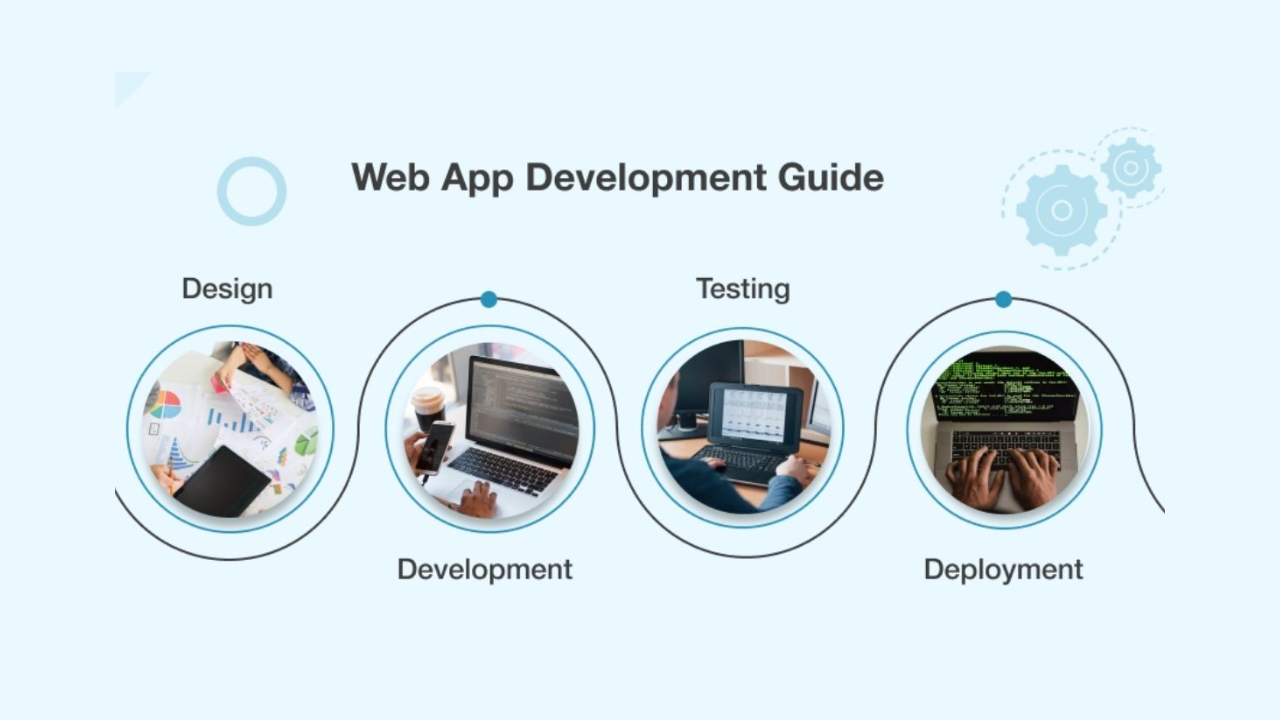Creating an effective pitch deck for your business idea is crucial when seeking investors, partners, or potential customers. A well-crafted pitch deck can help you communicate your vision and value proposition clearly. Here’s a step-by-step guide on how to make a pitch deck for your business idea:
1. Start with a Strong Cover Slide:
- Begin with a compelling cover slide that includes your company name, logo, and a concise tagline or value proposition.
2. Introduction:
- Introduce yourself and your team. Highlight your qualifications and expertise relevant to the business.
3. Problem Statement:
- Clearly define the problem or pain point your business idea aims to address. Use data and real-world examples to illustrate the issue.
4. Solution:
- Present your business idea as the solution to the problem. Explain how your product or service works and its key features.
5. Market Opportunity:
- Provide data on the size and potential of your target market. Discuss the demographics and trends that support your business idea.
6. Business Model:
- Explain how your business will make money. Describe your revenue streams, pricing strategy, and sales channels.
7. Competitive Analysis:
- Identify your competitors and explain what sets your business apart. Highlight your unique selling points.
8. Marketing and Sales Strategy:
- Outline your plan for acquiring customers and expanding your market presence. Discuss your marketing, advertising, and sales strategies.
9. Traction:
- Share any significant milestones or achievements your business has reached. This can include user growth, revenue, partnerships, or awards.
10. Financial Projections:
- Provide financial forecasts, including revenue, expenses, and profitability projections. Use charts and graphs for clarity.
11. Funding Needs:
- Clearly state how much funding you need, what you will use it for, and how it will benefit the business.
12. Investment Ask:
- Specify the terms and conditions of your investment ask. This may include equity stake, convertible notes, or other terms.
13. Use of Funds:
- Explain how the investment will be used to drive business growth. Break down the allocation of funds.
14. Exit Strategy:
- Discuss your long-term vision for the business and how investors can expect to exit with a return on their investment.
15. Risks and Mitigation:
- Be transparent about potential risks your business faces and how you plan to mitigate them.
16. Conclusion:
- Summarize the key points and the potential impact of your business idea.
17. Contact Information:
- Provide your contact information, including email and phone number, for any follow-up inquiries.
18. Visuals and Design:
- Ensure your pitch deck is visually appealing with clear, concise slides. Use visuals, images, and graphics to enhance understanding.
19. Practice and Refine:
- Rehearse your pitch to ensure you can present it confidently and concisely.
20. Seek Feedback:
- Get feedback from advisors, mentors, or potential investors to refine your pitch deck.
Remember to keep your pitch deck concise, typically 10-15 slides, and focus on conveying a compelling narrative. Tailor your pitch deck to your audience, whether it’s an investor, partner, or potential customer. A well-prepared pitch deck is an invaluable tool for attracting interest and support for your business idea.










